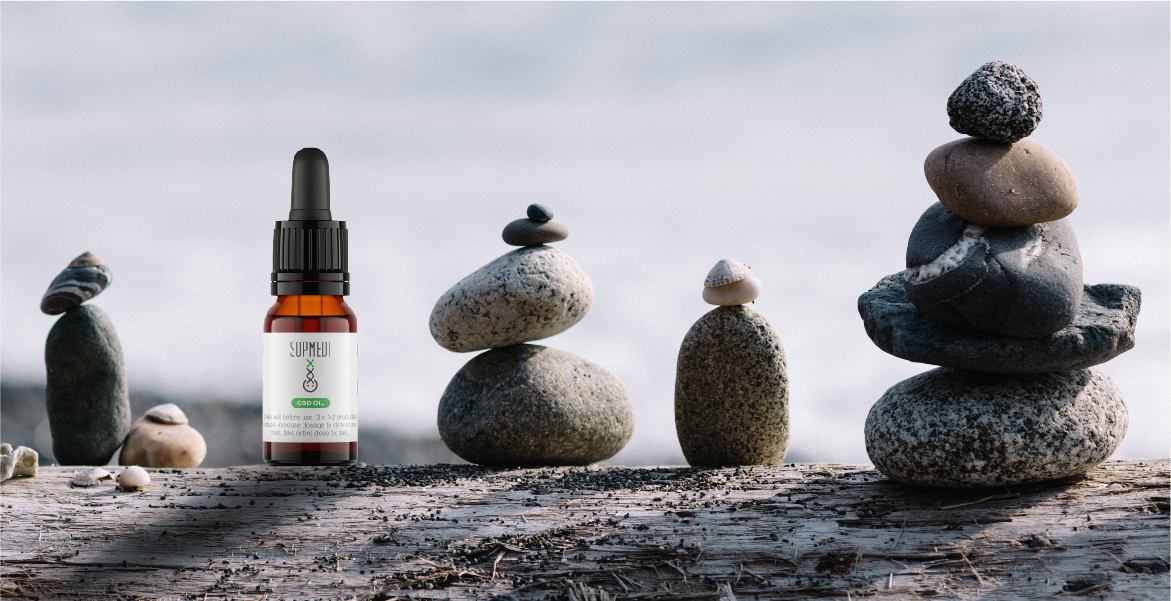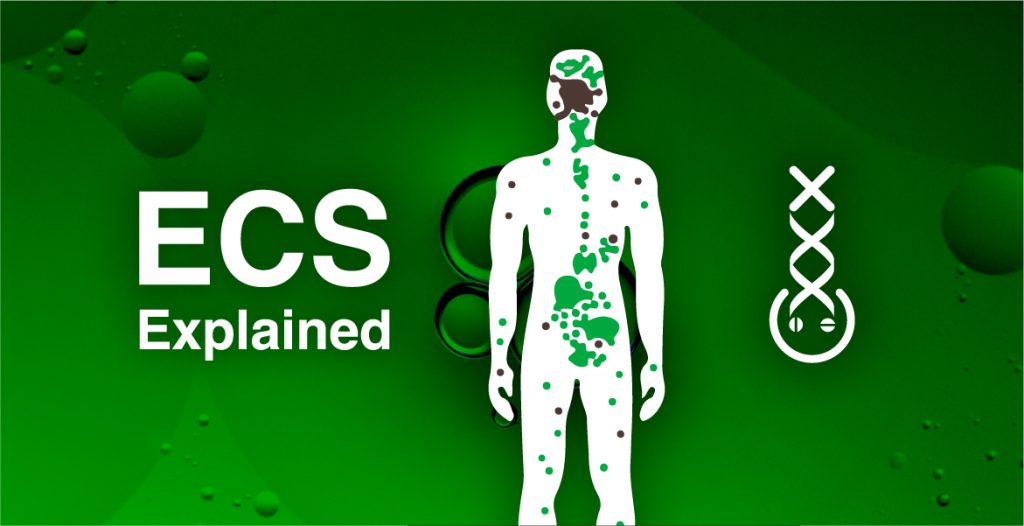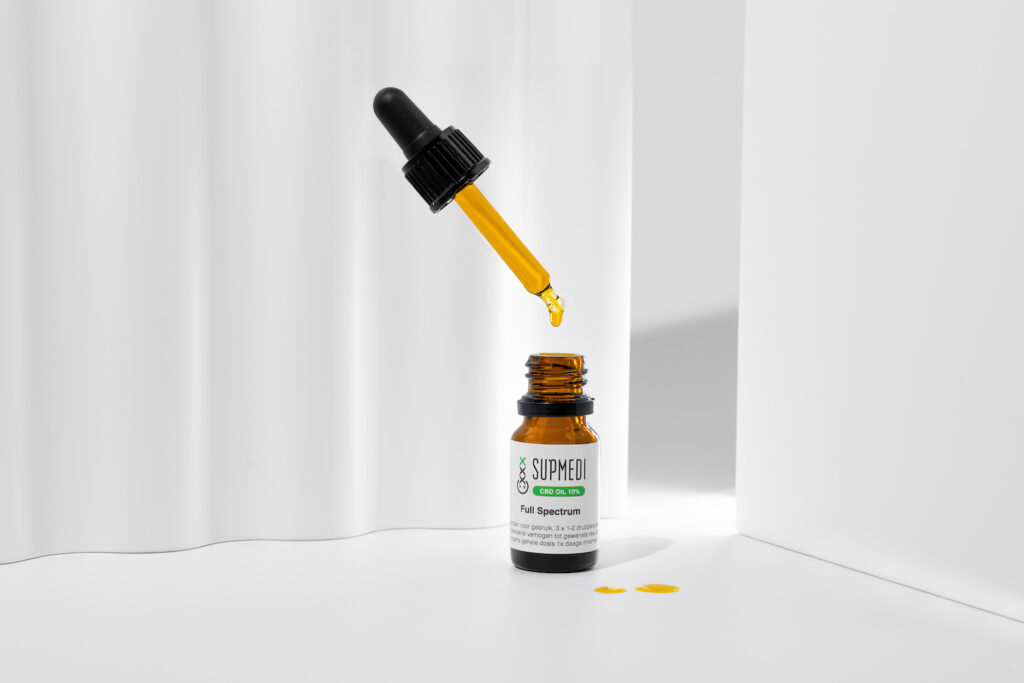
CBD Oil, balance & homeostasis
1 July 2022A stable sense of physiological and psychological balance – it’s something we all want to achieve one way or another. But what exactly does it mean to be ‘balanced’? And how do you reach such a state of homeostasis? Your body is a complex whole of interconnected systems, each of which strives to run in smooth concert with all the others. Such harmony is usually far from simple to maintain, however. So can CBD Oil help you improve your balance and homeostasis? This blog explains!
What is homeostasis?
The word ‘homeostasis’ has Greek origins: ‘homoios’ means equal or similar, and ‘stasis’ means stillness or stability. At its core, homeostasis is about achieving stability, equilibrium, or balance throughout the body.
Maintaining homeostasis allows the body to create the optimal conditions to ensure our health and wellbeing. It is an overarching physical process that keeps our internal environment balanced, adapting to our external environment in a world of constant change.
How does the body maintain balance?
Throughout the human body, all tissues and organs are interconnected by a network of nerves and the hormones of the endocrine system. The moment our environment changes, a brain structure called the hypothalamus senses a disruption of our homeostatic balance. The body responds immediately by releasing neurotransmitters. These compounds act as messengers, targeting specific cells to trigger them into activities directed at returning to a state of homeostasis.
This process of internal communication through neurotransmitters and nerves can be understood as a system of feedback loops. We can distinguish two types of feedback:
Negative feedback: a process is either inhibited or reversed;
Positive feedback: a process is stimulated and reinforced.
Feedback loops influence a broad range of vital processes. Blood pressure, glucose levels, body temperature, and blood oxygen saturation are all examples of processes governed by homeostatic feedback.

What is negative feedback?
Let’s look at a concrete example of negative feedback. Suppose it’s hot outside. The optimal internal temperature for the human body is 37°C, but your brain registers that your body is heating up: you start to feel hot. Your body starts to respond immediately, by instructing sweat glands to release moisture which helps cool down the surface of your skin and lower your body temperature.
The process works the other way around, too. If you feel cold, your body reacts by decreasing the flow of blood to the skin, to keep you from losing valuable heat and keep your core temperature stable.
These are both examples of negative feedback loops. Here, negative does not mean that a process is somehow bad; it means that a certain process is reversed. If your body temperature gets too high or too low, your body reacts by lowering or raising temperature, respectively, to turn the process around. It is a natural means of returning to our original, balanced state.
What is positive feedback?
The existence of negative feedback loops implies the existence of positive feedback; but how exactly would that work? Whereas negative feedback triggers the reversal or slowdown of a process, positive feedback instead stimulates and speeds up a process to increase its effect.
Positive feedback loops can be explained by the example of breastfeeding. Women who have just given birth and decide to breastfeed their baby increase their production of the hormone prolactin, triggered by the child’s sucking of the nipples. As long as the baby keeps sucking, the body keeps releasing more prolactin into the bloodstream. There, the specialist hormone ensures continued lactation to help the mother produce more breast milk. As long as the baby keeps on drinking, this positive feedback loop keeps reinforcing itself. If the mother decides to stop breastfeeding her child, prolactin levels drop and production of breast milk halts.

What is the endocannabinoid system?
The human endocannabinoid system is crucial to the functioning of our body. It is closely involved in preserving our internal balance and homeostasis. This system is regulated by organic compounds we call cannabinoids. Our own body produces cannabinoids known as endocannabinoids. We can also find them in hemp plants, however: these are the phytocannabinoids, one of which CBD. That explains why CBD oil can help us maintain our own body’s internal balance and homeostasis. CBD (cannabidiol) does not make people high like THC, another cannabinoid, but it can nonetheless help influence many different aspects of your body’s natural balance.
Scientists have identified dozens of body processes regulated by the endocannabinoid system, including:
How does the endocannabinoid system work?
Your body naturally produces biochemical compounds to help maintain homeostatic balance. These compounds are the endocannabinoids, which are capable of binding to endocannabinoid receptors found on the outside of specific cells throughout the body. As soon as such connections are made, certain systems spring into action. Depending on the system, you may start to feel energetic or sleepy, hungry or without appetite, anxious or relaxed, or a long list of other physiological and mental states.
Interestingly, the endocannabinoid system also reacts to external cannabinoids such as those found in cannabis or CBD Oil. That means CBD can produce or encourage the same results that your body’s own compounds can achieve. This explains why CBD Oil can have so many different benefits and help keep both your body and your mind in balance and homeostasis.
The body has a variety of mechanisms to protect its internal balance, and the endocannabinoid system is an important part of our ongoing efforts to maintain homeostasis. Researchers have focussed their studies on a number of areas affected by this mechanism.

CBD Oil, homeostasis, and energy balance
The endocannabinoid system appears to have considerable influence on our energy homeostasis. This is how your body controls its temperature by regulating appetite, metabolism, and energy use.
One of the ways in which cannabinoids such as CBD can affect energy levels is by increasing appetite. This encourages us to eat more and increase caloric intake. Obviously, that can increase energy levels in the right circumstances, but eating too much can also cause obesity. Still, research seems to indicate that metabolism adjusts to our physiology, changing how it processes the energy and calories we take in. Perhaps CBD Oil can help us use our endocannabinoid system to safeguard balance and homeostasis whenever our body needs more or less energy. We still need further research before we know for sure, but this could make CBD Oil a useful tool in the fight against obesity and unwanted weight loss.
CBD Oil and the immune system
The endocannabinoid system has also been studied in its capacity to balance the immune system. Researchers looked into how the endocannabinoid anandamide helps keep our immune system in shape by promoting gut health.
The part of our immune system located along the digestive tract needs certain external compounds for digestion. Normally speaking, the immune system would take action against such foreign substances to prevent any damage they could cause. Healthy bowels must tolerate these compounds to function optimally. Anandamide turns out to be a crucial part of this tolerance mechanism, as this hormone inhibits the immune system’s tendency of attacking foreign agents in the body. This is how anandamide helps the body maintain its homeostasis.

Studies have demonstrated that CBD Oil reduces the body’s release of FAAH, an enzyme that breaks down anandamide. The less FAAH you have in your body, the longer anandamide remains in your system. That means CBD Oil could help us keep more anandamide available to produce positive effects. It’s another example of how CBD Oil can help our body preserve the natural balance of homeostasis.
CBD Oil and your emotional balance
The endocannabinoid also appears essential for regulation of stress and emotions. Certain cannabinoids stimulate so-called CB1 receptors, which increases relaxed feelings. On the other hand, blocking these same CB1 receptors triggers extreme anxiety. That illustrates the importance of balance when it comes to cannabinoids in our body.
As mentioned before, CBD Oil can help increase the level of anandamide remaining in the body. Now, anandamide is also called the ‘bliss hormone’ – and with good reason, too. Low anandamide levels can cause anxiety, poor stress management, and sombre moods. The bliss molecule affects our psyche, mood, appetite, fertility, and pain: balance is crucial for our emotional wellbeing and much, much more.
Anandamide is able to bind to both of the most important receptors in the endocannabinoid system: CB1 and CB2. Moreover, this cannabinoid has anxiolytic properties and characteristics that could help fight depression.
Which CBD product helps you find the balance of homeostasis?
There are many more ways to enjoy natural balance and homeostasis than by our CBD Oil alone. Why not start your day by having breakfast with a bowl of our delicious CBD Oatmeal and a fresh cup of CBD Coffee on the side, for example? Or maybe you should treat yourself to our CBD Gummies or our new CBD Candy tablets. If you don’t have a sweet tooth, don’t worry: we have a range of Full Spectrum CBD Oils and CBD Tablets waiting just for you! And if you feel like indulging yourself, why not try our CBD Skincare products? After all, anyone’s skin stands to benefit from the natural balance that homeostasis can bring!








